June 4, 2025 | 12:47 GMT +7
June 4, 2025 | 12:47 GMT +7
Hotline: 0913.378.918
June 4, 2025 | 12:47 GMT +7
Hotline: 0913.378.918
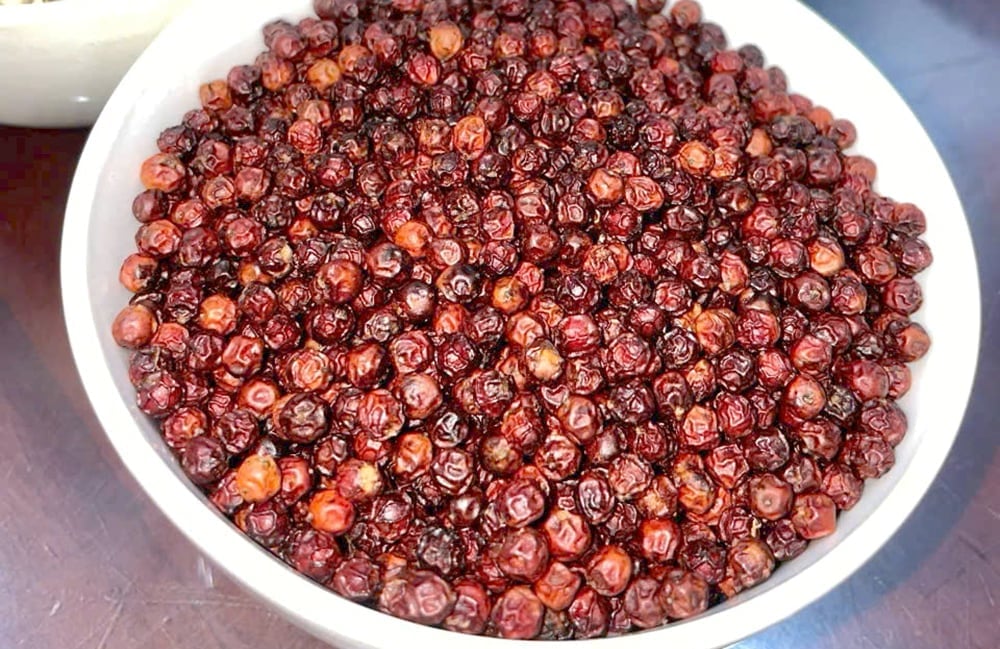
Vietnamese pepper exports to the United States fell during the initial four months of this year. Photo: Son Trang.
Market trends from early 2025 suggest that the United States is increasing its overall imports of peppers; however, it is decreasing imports from Vietnam, which has been the primary supplier for many years.
The U.S. imported 6,741 tonnes of pepper in March, a 13% increase from the previous month and nearly 17% increase from the same period last year, according to the U.S. International Trade Commission (USITC). The volume and value of U.S. pepper imports increased by 8.7% and 67%, accordingly, in Q1 2025, reaching a total of 21,586 tonnes and a value of nearly USD 159 million, as compared to Q1 2024.
The U.S. imports 13,000 tonnes of Vietnamese pepper in Q1, a 13.6% decrease year-over-year, despite the fact that Vietnam remains the largest pepper supplier to the U.S. market.
However, the United States experienced a significant increase in pepper imports from other sources, including Indonesia (4,522 tonnes, a 242% increase) and India (2,181 tonnes, an 18.5% increase). Consequently, Vietnam's market share (by volume) in the United States decreased considerably from 76% in Q1 2024 to 60% in Q1 2025.
Price is the primary factor contributing to this decline. The average import price of Vietnamese pepper to the United States increased by 60% year-over-year to USD 7,556/tonne in Q1. This price is higher than that of Indonesia at USD 7,137/tonne and India at USD 6,825/tonne.
Vietnamese pepper is experiencing an increase in demand in other markets, despite a decrease in exports to the United States. Compared to the previous year, exports to the United States experienced a nearly 10% decrease in volume, in April. On the other hand, exports to Germany (up 23%), India (up 42%), the UAE (up 30%), South Korea (up 74%), and China (up 105%), experienced substantial growth.
The conclusion of Vietnam's pepper harvest season coincided with the U.S. government's announcement of countervailing duties, according to Mr. Hoang Phuoc Binh, a significant pepper farm proprietor in Chu Se, Gia Lai. Many producers attempt to sell a portion of their crop immediately following the harvest in order to cover expenses. Prices experienced a substantial decline as a result of the tariff announcement. Prices did not meet expectations, despite a subsequent rebound.
Prices of pepper in the Central Highlands have steadily declined below VND 150,000/kg since late May. However, producers continue to maintain a relatively tranquil demeanor. They are choosing to store their pepper and wait for higher prices, as they are not under immediate financial pressure due to other income sources.
Mr. Binh is of the opinion that Vietnam's pepper exports and pricing will be highly contingent upon supply and demand dynamics, despite the countervailing duties. Supply-side advantages may shift in Vietnam's favor as domestic production continues to decline and producers withhold pepper from the market.
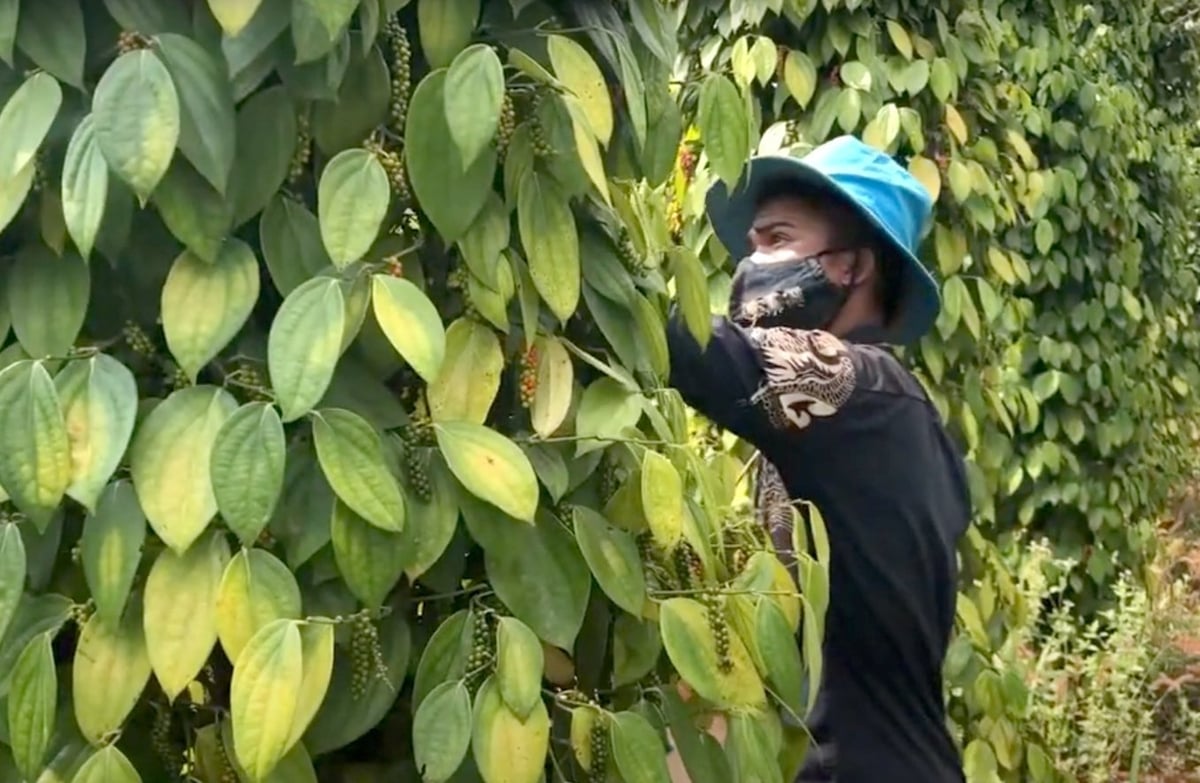
Farmers harvesting pepper in the Central Highlands. Photo: Son Trang.
The global pepper market is currently faced with challenges as a result of declining output in major producing countries such as Indonesia and India. This decline is primarily attributable to climate change, disease, and increasing input costs, according to data from the Agency of Foreign Trade of the Ministry of Industry and Trade.
Exporters are maintaining their composure as they await the final level of the countervailing duty, according to Mr. Le Viet Anh, Chief of Staff of the Vietnam Pepper and Spice Association (VPSA).
The United States does not cultivate pepper and is wholly dependent on imports, with Vietnam accounting for 60–70% of the supply. Consequently, the American Spice Trade Association submitted a petition to the Trump administration in response to the U.S. announcement of the countervailing measure, expressing apprehension regarding the unintended negative consequences that new tariffs could have on the spice sector and American consumers.
In light of these factors, the ultimate countervailing duty on Vietnamese pepper imports to the United States may not be as high, and Vietnam may still be able to maintain its market position. In the interim, Vietnamese exporters are advised to expand their exports to other markets and diversify their product offerings in order to alleviate the pressure.
China is an especially critical market, as per Mr. Le Viet Anh. Annually, the nation consumes 90,000–100,000 tonnes of pepper; however, domestic production only accounts for 20,000–30,000 tonnes, resulting in a deficit of 60,000–70,000 tonnes that must be filled through imports. In order to improve the competitiveness, market share, and global reputation of Vietnamese pepper, Vietnam must now develop a well-organized export strategy to China.
* USD 1 = VND 25,840
Translated by Linh Linh

(VAN) The U.S. is the largest market for Vietnamese cashew nuts. However, when exports to the U.S. encounter difficulties due to reciprocal tariffs, Vietnamese cashews still have many other potential markets.
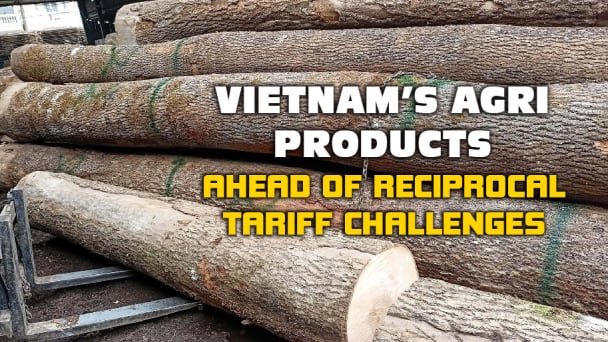
(VAN) Reciprocal tariffs present a significant obstacle to Vietnam's wood exports to the United States; however, domestic wood businesses are endeavoring to preserve their market share in this critical market.

(VAN) Businesses in Vietnam are attempting to export rice to the United States ahead of the implementation of reciprocal tariffs, while remaining their optimism regarding this critical market.

(VAN) From containers of cashew nuts, shrimp to in-depth technical dialogues, agricultural cooperation between Vietnam and the United States is entering a period of sustainable and two-way development.
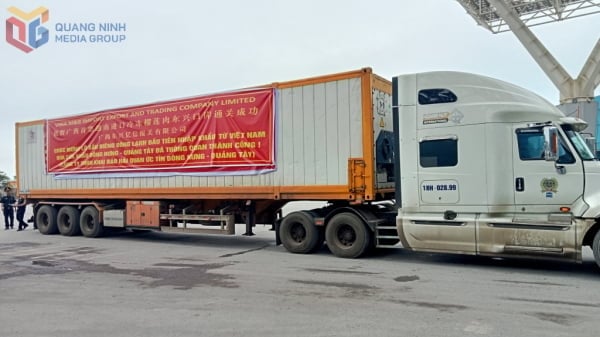
(VAN) After the talks on May 28, Vietnam successfully exported its first batch of frozen durians to China, marking a new milestone in agricultural trade cooperation between the two countries.
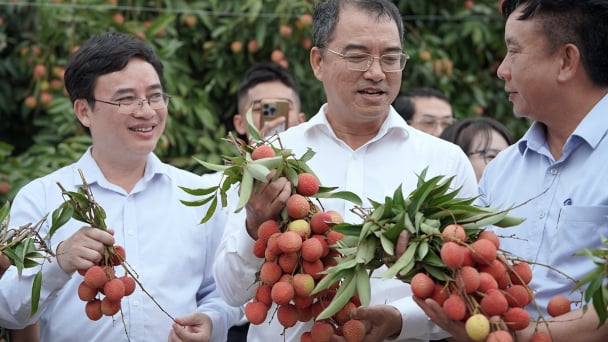
(VAN) Several major companies, such as Red Dragon and Ameii Vietnam, have signed purchasing agreements for the 2025 season, targeting markets including Japan, the United States, and the EU.